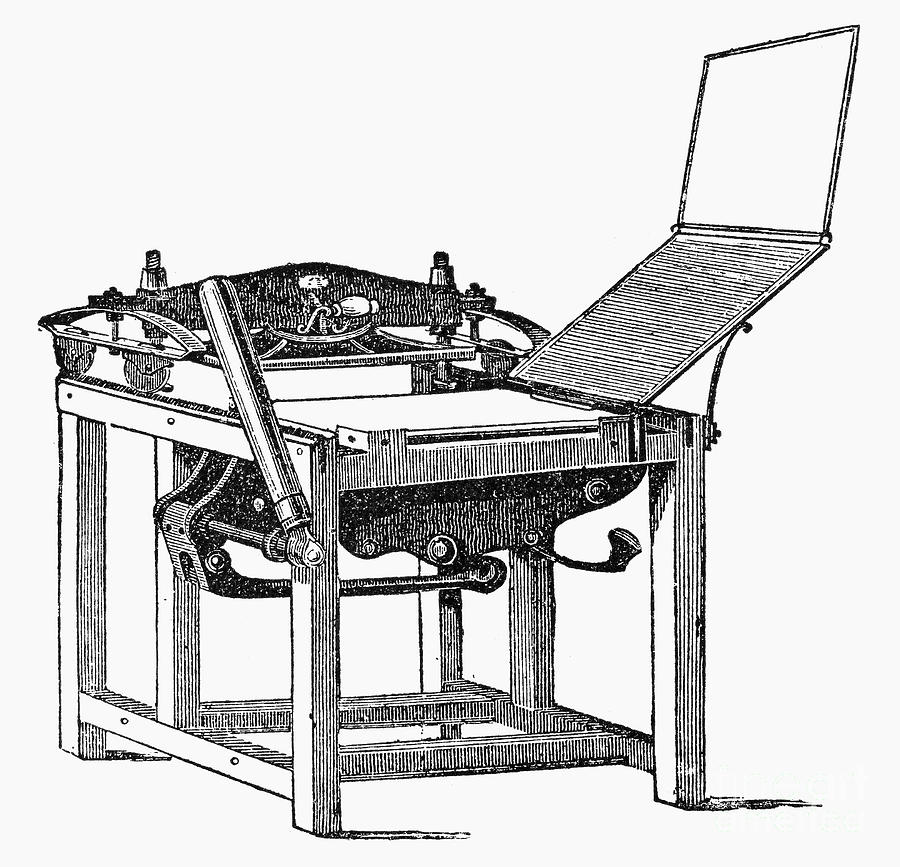The Federal Reserve is our nation’s central bank. It is responsible for many tasks- one of which is establishing targets for the federal funds rate, the rate at which member banks charge each other for overnight loans. In September 2007, the Fed began aggressive moves, purchasing treasuries and lowering the fed funds rate from 5.25% to 0-.25% in little over a year. Combined with the massive increase in the national debt, this damaged the economy. The action weakened the dollar, increasing the costs of imports, mainly fuel. Amounting to a tax, increased transportation costs hurt all Americans from owner operated truckers to single mothers. Fuel surcharges appeared on bills and America’s disposable income absorbed a body blow. The effect of the policy was the opposite of the intent.
This was not the first time in the past decade the Federal Reserve intervened in the economy. From June 2003 to June 2004, the central bank kept rates at 1%. This distorted prices in commercial and residential real estate, fueling an artificial boom, as prices rose. Due to loose monetary policy and lax oversight by many federal institutions, unqualified borrowers were given loans. The government should have educated the public to lock thirty year fixed mortgages when rates were low. Instead, the government turned away, as lenders preyed on unsuspecting borrowers to take out short term mortgages. In March 2005, zero down mortgages were approved, giving all Americans an opportunity to own a home, even though they could not afford one. Since 2007, real estate prices have continued to fall, as the market seeks a reasonable level after valuations were too high for most of the past decade.
Faced with deflation, the Federal Reserve is readying another attempt at monetizing the debt, to make prices rise. The first attempt on March 18, 2009, resulted in a $300 billion purchase of 30-year bonds, directly from the U.S. Treasury. Quantitative Easing is a modern term for monetizing the debt. Historically, this leads to a weaker currency, which erodes savings and forces citizens to work harder and longer to buy the same product. Inflation does not create wealth; it destroys it.
As we embark on a policy of historical ignorance, which is destined to further undermine confidence in the US dollar, the most famous quotation from the Vietnam War is most appropriate, “It became necessary to destroy the village in order to save it.” If the Federal Reserve ruins the dollar in order to save the economy, what is the point?
Money or currency is simply a means of exchange. It avoids a double coincidence of wants; wanting something and then having to find a barter to obtain what you need. Establishing artificial targets for interest rates or increasing the amount of money in the economy through massive treasury purchases will not create long term prosperity. Such action only distorts an economy in need of stability.
November’s election results may signal a shift in the near term thinking of the electorate. It is critical for the new leadership of Congress to understand that there must be an evaluation of the Federal Reserve and its role in the economy. As we are now paying for a car what our parents paid for a house, this action cannot occur soon enough.
Related Websites:







